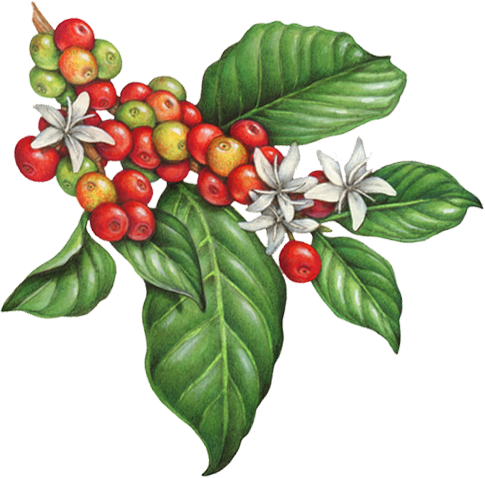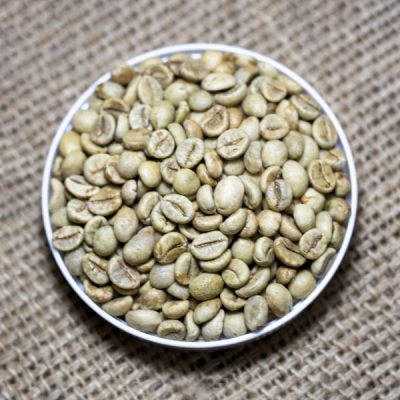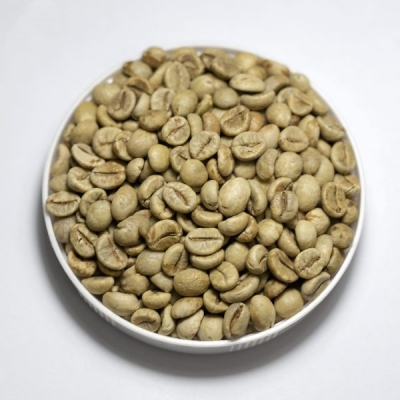Vietnam Liberica Coffee Beans – S18, S16
Contact
- Variety: Liberica
- Region: Kon Tum, Quang Tri, Lam Dong
- Elevation: 800m
- Processing: DRY PROCESSING
- Ripe Rate: 90%-95%
- Price per kilogram: $/kg
- Flavor Notes: fruity, floral, and woody flavors
- Features: The beans possess a natural sweetness often described as having hints of dark chocolate, caramel, or molasses. Some may even detect a slightly smoky undertone, which adds to the richness of the flavor. The body of Liberica coffee is full and bold, with a lower acidity compared to Arabica, making it an excellent choice for those who prefer a smooth, robust cup of coffee.
Sản phẩm liên quan













